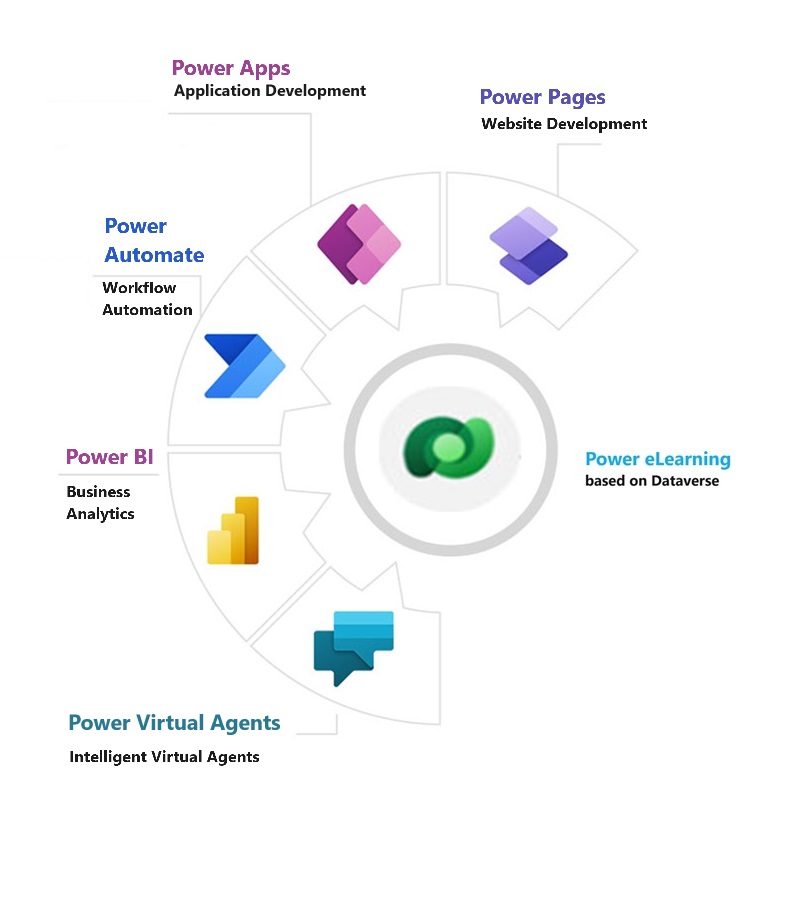Challenges in Managing Learning and Development
Alignment with Organizational Goals
Ensuring that learning and development (L&D) initiatives align with the overall strategic goals of the organization can be a significant challenge. It requires a deep understanding of the business objectives and the ability to tailor training programs to contribute directly to the organization's success.
Budget Constraints
Learning and development programs often require financial resources for content development, technology, training materials, and instructor costs. Limited budgets can constrain the ability to implement comprehensive and effective training programs, making it challenging to address the diverse learning needs of employees.
Technology Integration
Keeping pace with evolving technology and effectively integrating it into learning and development processes is a continual challenge. Adopting and managing learning management systems (LMS), e-learning platforms, and other digital tools can be complex, especially for organizations that are not technologically advanced.
Measuring and Demonstrating ROI
One of most common challenge is demonstrating the return on investment (ROI) of learning and development initiatives. L&D managers need to establish KPIs that align with organizational goals and demonstrate how training programs contribute to improved performance, productivity, and overall business outcomes.
How Power Platform can help!

Line of Business Apps
Microsoft Power Platform is most suited to build Line of Business Apps using Dataverse as its repository and other components to serve different aspects of an app.
Explore Product Features
Explore our comprehensive Learning and Development platform designed to help in Managing Learning and Development.
Product Features

